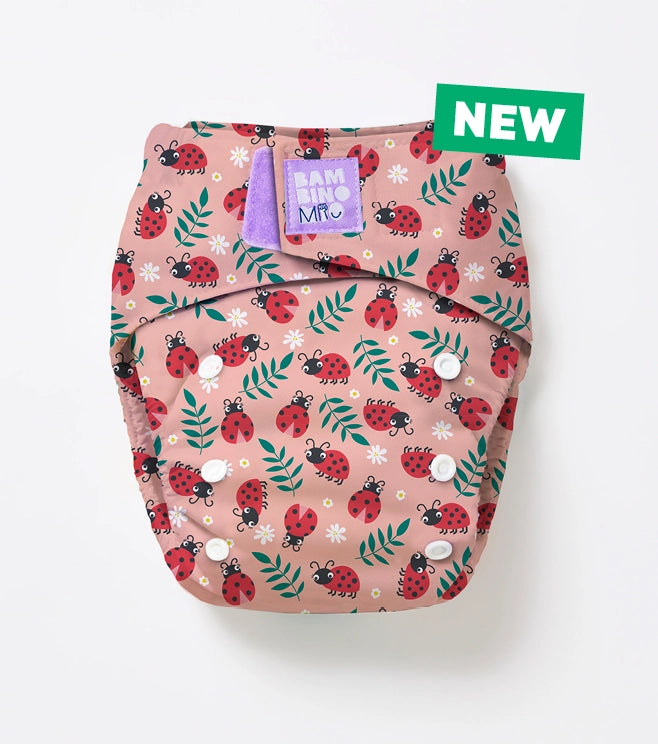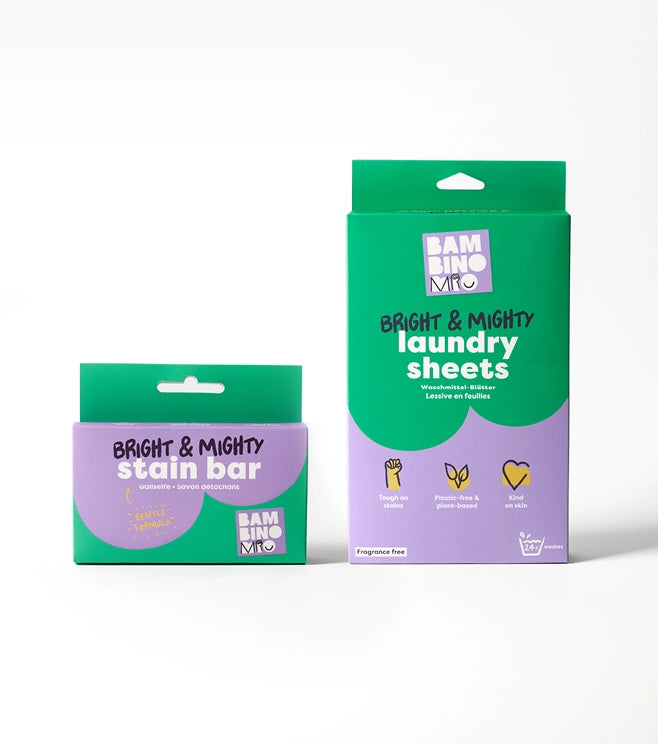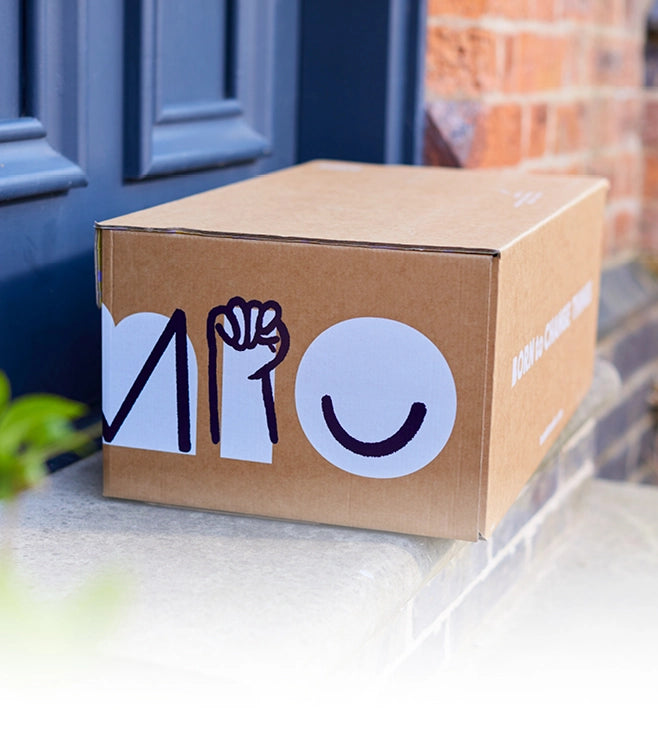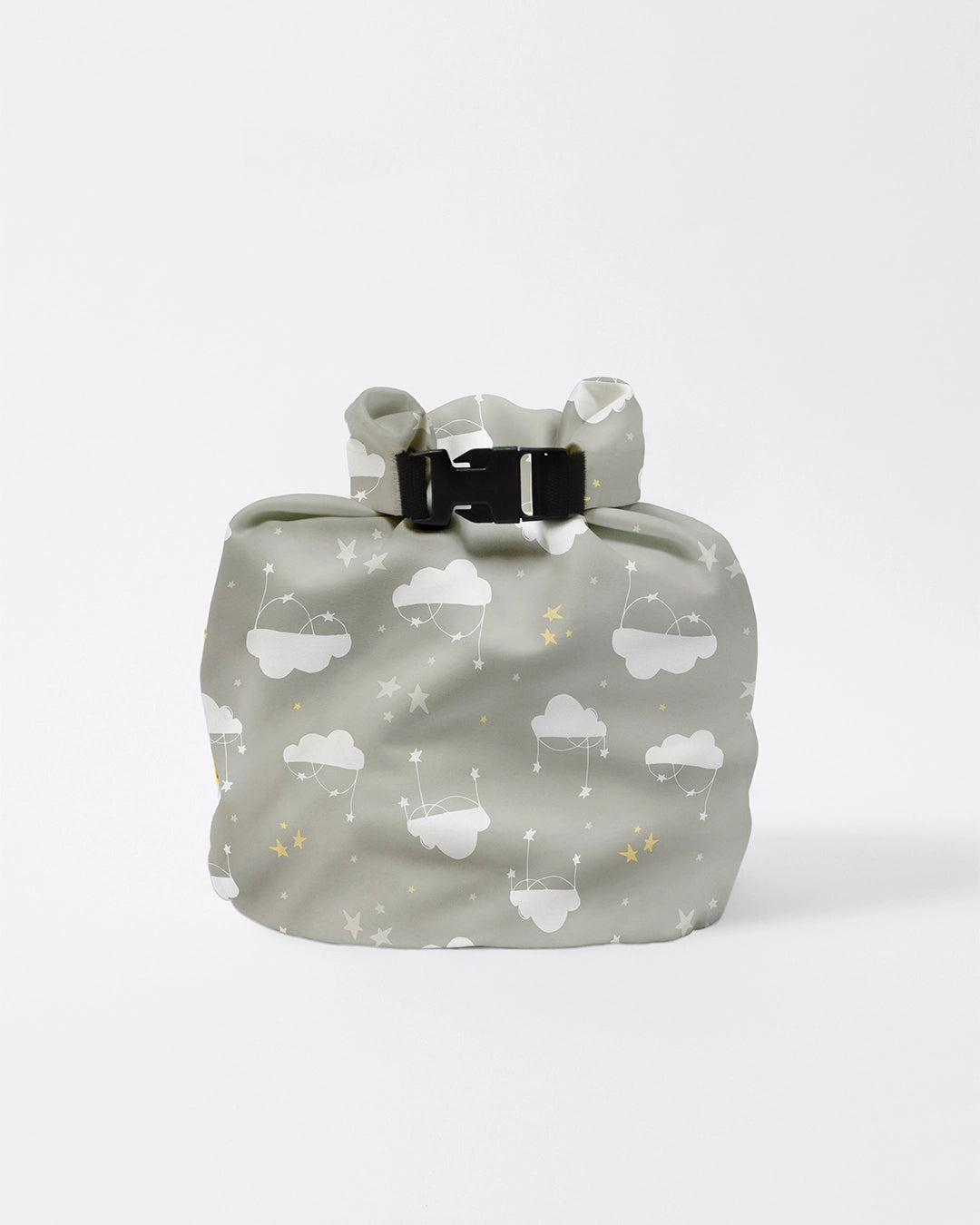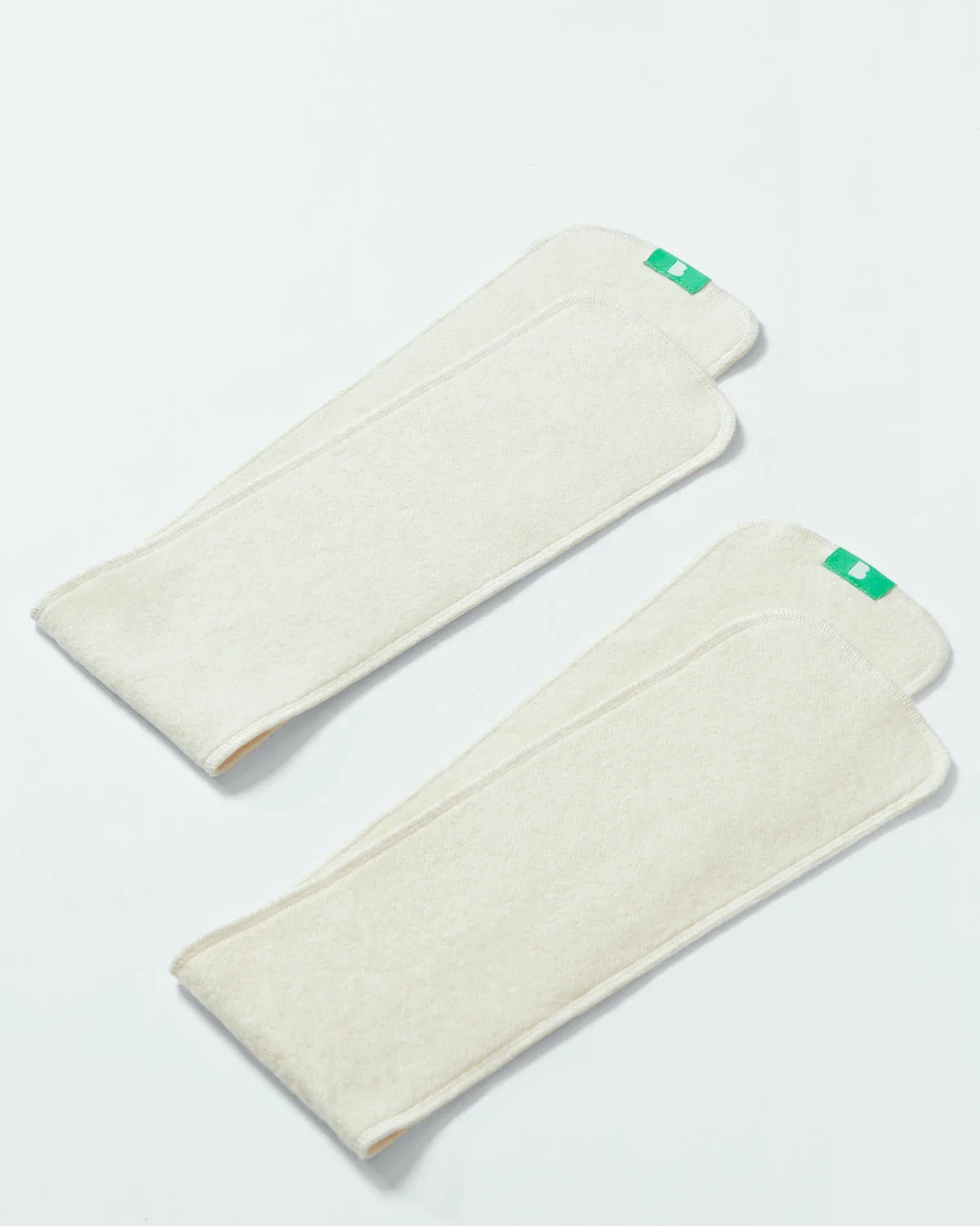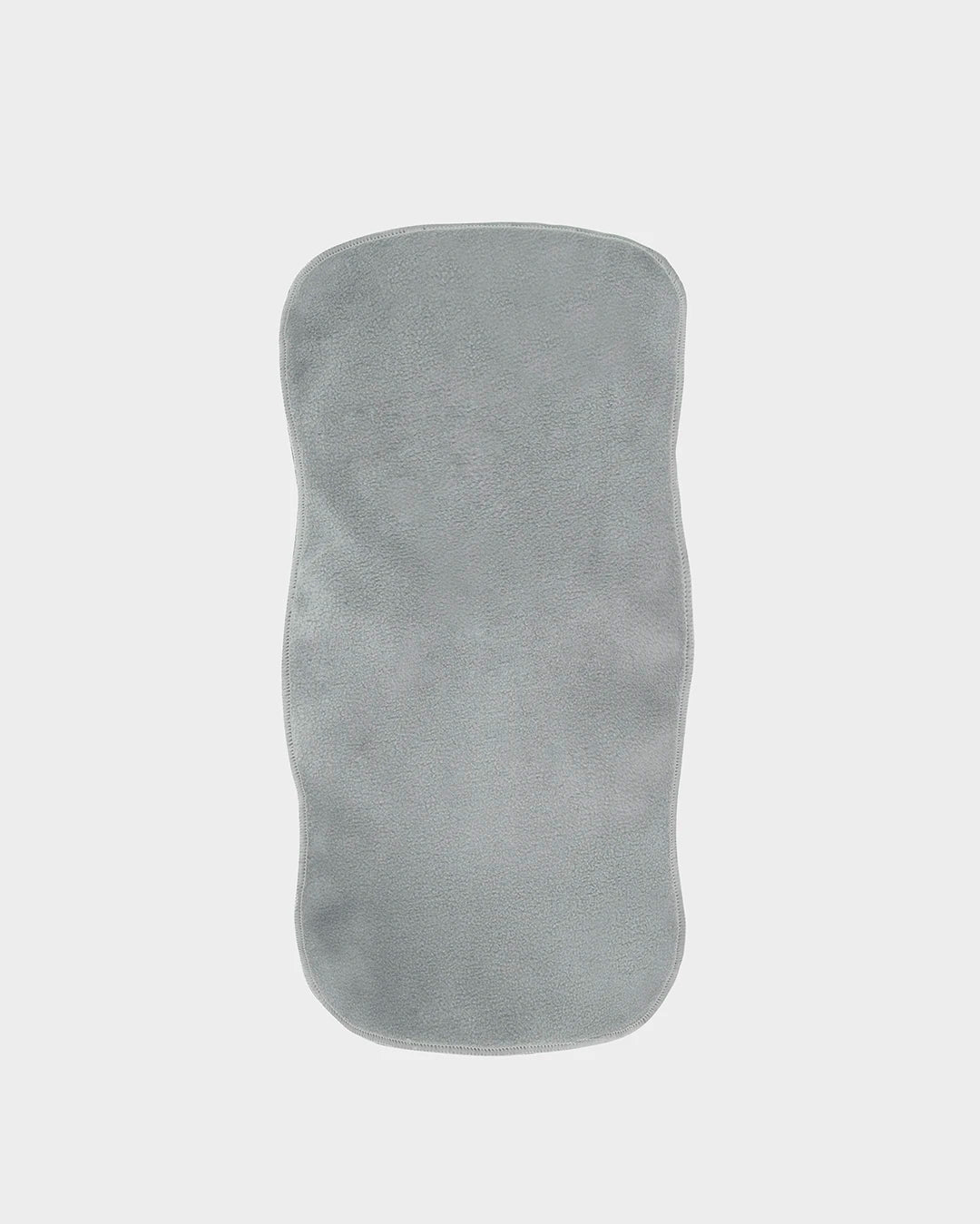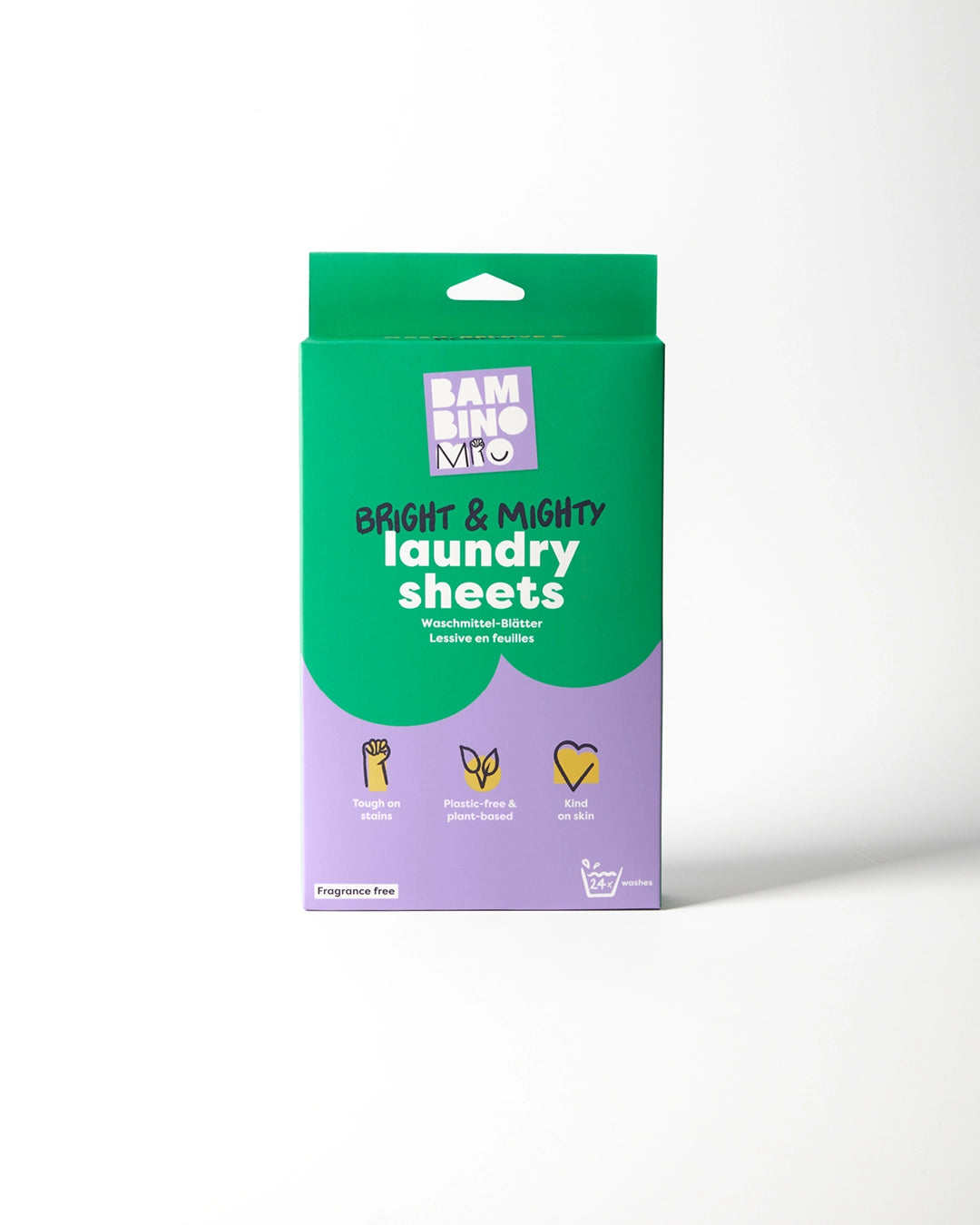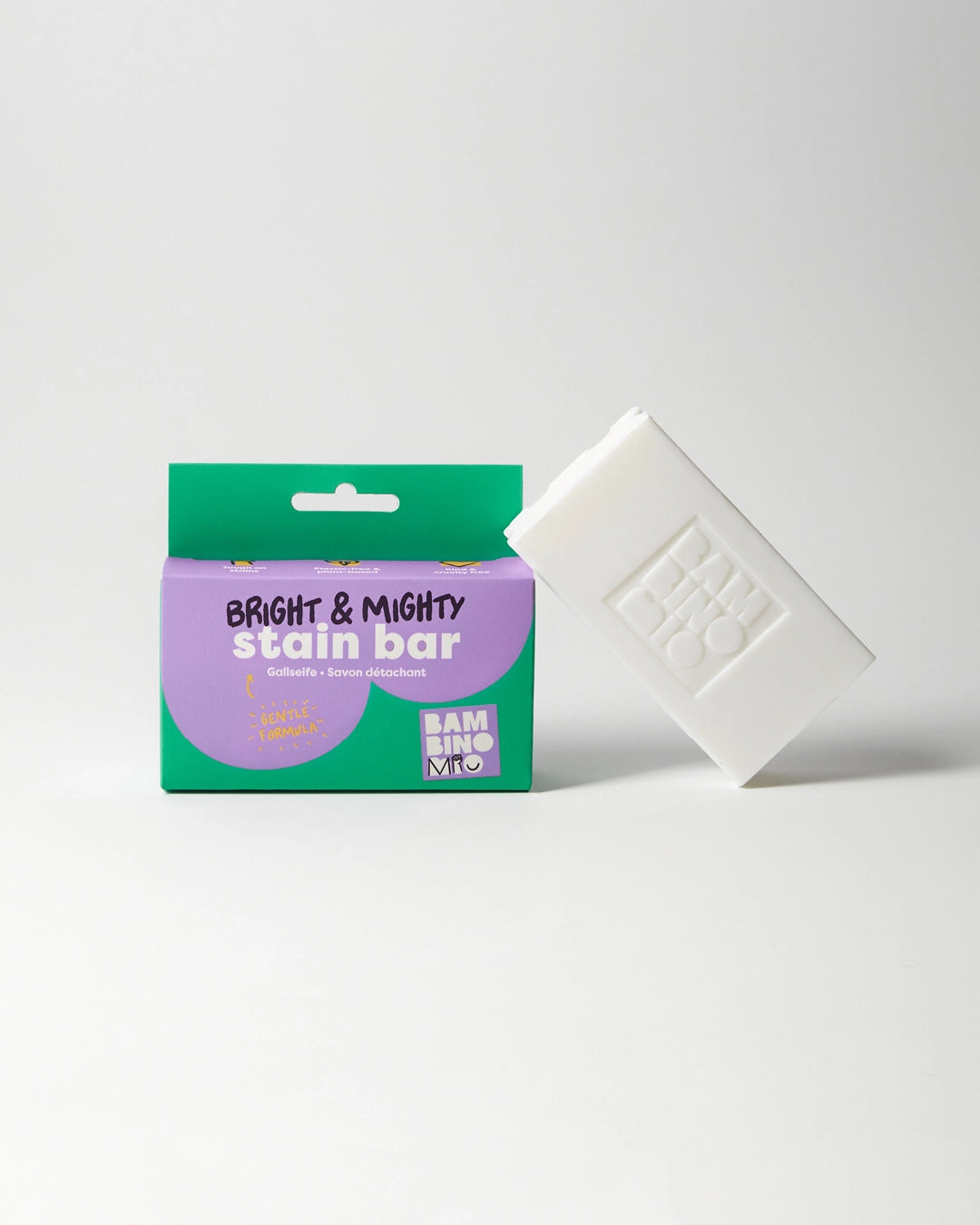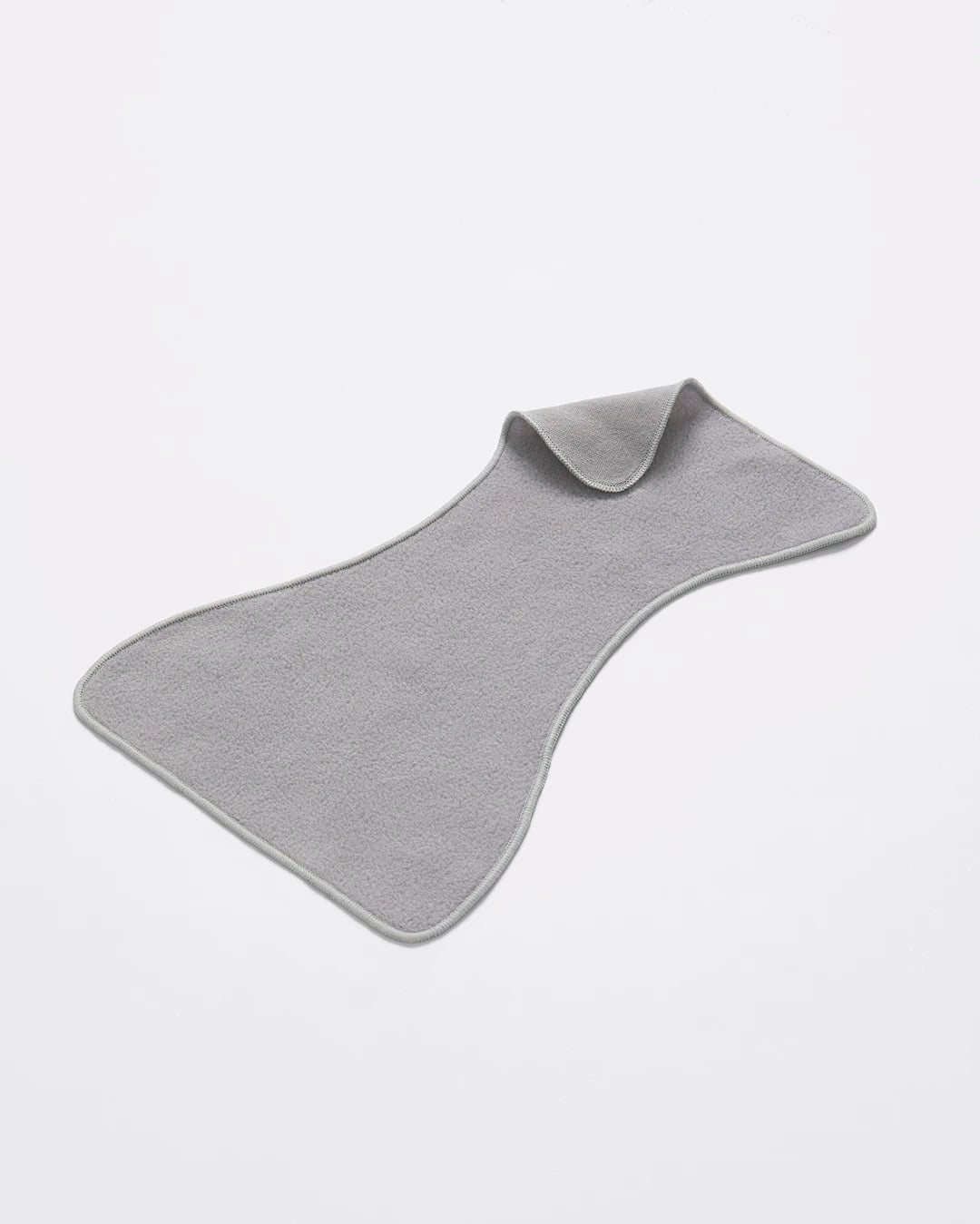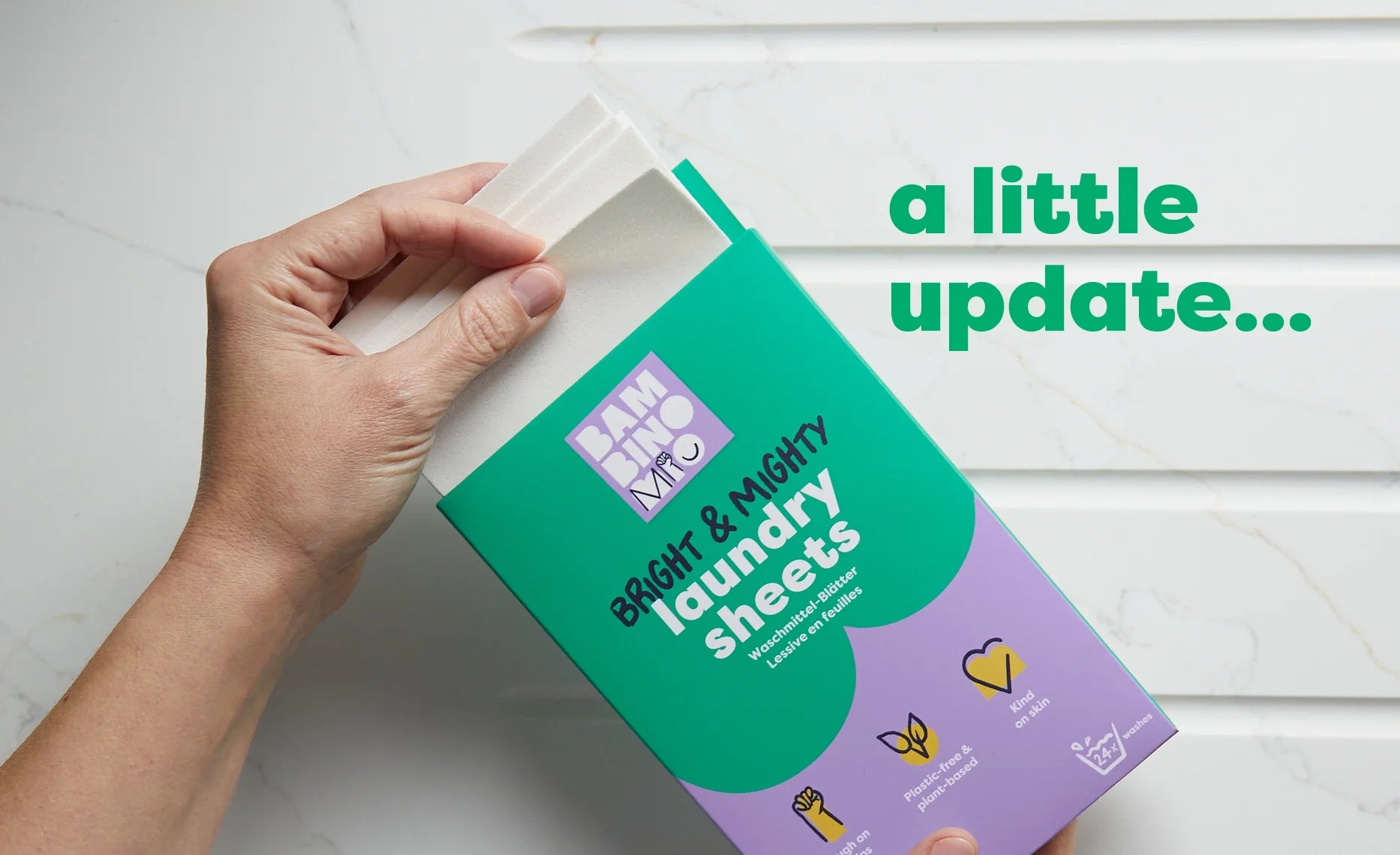Week 40 of Pregnancy | How Big is Your Baby at 40 Weeks?
Share Options
- Bambino Mio
- 09 / 07 / 2023

Inside this Article:
- Your baby is the size of a (slightly larger than last week’s) watermelon!
- Your baby is ready to be born now!
- How you’re feeling at 40 weeks pregnant
- How to tell if labour has started
- What if there’s no sign of your baby?
- What you need to think about at 40 weeks pregnant
- Citations and References
- Pregnancy by Week, What to Expect
Pregnancy is a time of huge change for you, your body and your life. Our guide will help you through this amazing time, letting you know what to expect at each stage and, most excitingly, what your baby is up to each week.
Your baby is the size of a (slightly larger than last week’s) watermelon!
You’re also very much aware of it! It’s a seriously tight squeeze in there now, but there’s still a tiny bit of growth going on. Thankfully, it’s mainly your baby’s fingernails and hair now!
While it’s hard to predict with any real certainty how much your baby will weigh, the average newborn weighs around 3,600g (8lbs) and is around 51cm (20.1in) in length from crown to heel.
Your baby is ready to be born now!
It’s time, although your baby might not have the same sense of urgency you do (1) ! While most babies have arrived by or during this week, a few find it too comfortable in your womb so might stay a little longer.
To help your baby into the world, their skull bones aren’t fused yet so they can move and overlap (2) as they travel through the birth canal. Some babies might have a slightly misshapen head for the first few weeks as a result of resting in your pelvis for a while, but this is only temporary.
Your baby will retain some soft spots - the fontanelles (3) - on their head for a year or so as their brain needs a bit of room to grow, even after birth.
How you’re feeling at 40 weeks pregnant
It can be tough to find a comfortable position in which to get to sleep at this stage, but try to rest whenever you can and make sure you’re still sleeping mostly on your side rather than your back so your vena cava isn’t squashed (4). You’ll probably be woken up (if you manage to get some sleep) by your own snoring if you lie on your back, too!
If you feel like taking a quick nap during the day, go for it. You could also spend some time doing breathing exercises (5) or practise some relaxation techniques. Feeling as rested as possible helps you to be more prepared for labour and birth, as well as the first few days after.
Don’t worry, however, if you’re not sleeping all that well - you might feel tired and “draggy” at the moment, but your baby is floating around quite happily!
How to tell if labour has started
Every woman’s labour starts differently - some women go straight into strong contractions while others feel some twinges for a few hours and wonder if they're signs of labour, just wind or Braxton Hicks contractions (6).
If contractions come and go with fairly predictable frequencies and feel longer than Braxton Hicks contractions, then this could be it! Other signs that labour has started (7) include feeling sick or vomiting, loss of the mucus plug, having loose bowel movements and, of course, your waters breaking.
Find out more about going into labour and giving birth here (8).
What if there’s no sign of your baby?
You might spend your due date counting down the minutes, expecting something to happen, but the chances are, it won’t and your midwife won’t even deem you to be overdue! Annoyingly, only around one in 20 babies keeps to their schedule, but once you are 40 weeks, you really don’t have much longer to wait.
A small number of women have pregnancies that go on for longer than 41 weeks and your midwife will offer you a membrane sweep to speed things along (9). If that doesn’t work (or you decline the offer), then you’ll probably discuss induction.
An induction of labour (10) is when you're given a synthetic version of the hormone oxytocin (11) to kick start labour and most women accept the offer as by now your amniotic fluid is declining in volume and your placenta might start to become less effective (12). If you decline induction, you’ll probably need to be monitored every other day (13) (until you go into labour) to make sure your baby’s getting everything they need.
If you think labour has finally started, then give your maternity unit or midwife a quick call to discuss your symptoms and decide whether to head to hospital or not.
What you need to think about at 40 weeks pregnant
You might be bombarded with texts, calls and messages from friends and family asking if anything’s happening. It’s a good idea to create a template message along the lines of “40+3 - nothing yet and I’m busy rewatching Ozark!” and send it out first thing in the mornings.
Double check your birth plan (14) and have a look at some online examples to see if there’s anything you missed. Think about your choices for pain management in labour and keep a flexible approach as you don't know what you'll need until you need it!
Give your stash of reusable nappies and wipes another pre wash and dry so they’re extra absorbent and ready for your baby.
Make a last batch of stew for your freezer and book in a couple of online grocery orders to reduce the number of shopping trips in the early postnatal period.
Invest in some mattress and furniture protector pads so you’re covered (literally) if your waters break while you’re in bed, reclining on the sofa or travellng in the car.
Citations and References
(1) British Broadcasting Corporation (BBC). News. ‘How Accurate are ‘Due Dates?’’ 2015. Web. www.bbc.co.uk/news/magazine-31046144
(2) National Institutes of Health (NIH). National Library of Medicine. ‘Cranial Sutures.’ 2023. Web. medlineplus.gov/ency/article/002320.htm
(3) National Institutes of Health (NIH). National Library of Medicine. ‘Anatomy, Head and Neck: Fontanelles.’ 2022. Web. www.ncbi.nlm.nih.gov/books/NBK542197
(4) National Institutes of Health (NIH). National Library of Medicine. Back to Basics: Avoiding the Supine Position in Pregnancy.’ 2017. Web. www.ncbi.nlm.nih.gov/pmc/articles/PMC5309362
(5) National Health Service (NHS). ‘Labour and Birth. Breathing During Labour.’ 2023. Web. www.nbt.nhs.uk/maternity-services/labour-birth/breathing-during-labour
(6) National Institutes of Health (NIH). National Library of Medicine. ‘Braxton Hicks Contractions.’ 2022. Web. www.ncbi.nlm.nih.gov/books/NBK470546
(7) National Health Service (NHS). ‘Signs of Labour. Signs that Labour has Begun.’ 2020. Web. www.nhs.uk/pregnancy/labour-and-birth/signs-of-labour/signs-that-labour-has-begun
(8) National Health Service (NHS). ‘Labour and Birth. What Happens in Labour and Birth.’ Web. www.nhs.uk/pregnancy/labour-and-birth/what-happens
(9) National Health Service (NHS) ‘Labour and Birth. Membrane Sweep. 2023. Web. www.nbt.nhs.uk/maternity-services/labour-birth/membrane-sweep
(10) National Health Service (NHS). ‘Labour and Birth. Inducing Labour.’ 2020. Web. www.nhs.uk/pregnancy/labour-and-birth/signs-of-labour/inducing-labour
(11) National Health Service (NHS). ‘Induction of Labour. Information for Women and Their Families.’ 2020. Web. https://www.imperial.nhs.uk/-/media/website/patient-information-leaflets/maternity-services/labour-and-birth/induction-of-labour.pdf
(12) National Institutes of Health (NIH). National Library of Medicine. ‘Pregnancy and Birth: When Your Baby’s Due Date has Passed.’ 2018. Web. www.ncbi.nlm.nih.gov/books/NBK279571
(13) National Health Service (NHS). ‘Choices When Pregnancy Reaches 41 Weeks.’ 2016. Web. assets.nhs.uk/prod/documents/IOL-leaflet-40plus-weeks_vTDF3v5.pdf
(14) National Health Service (NHS). ‘Preparing for the Birth. How to Make a Birth Plan.’ 2021. Web. www.nhs.uk/pregnancy/labour-and-birth/preparing-for-the-birth/how-to-make-a-birth-plan
Pregnancy by Week, What to Expect


